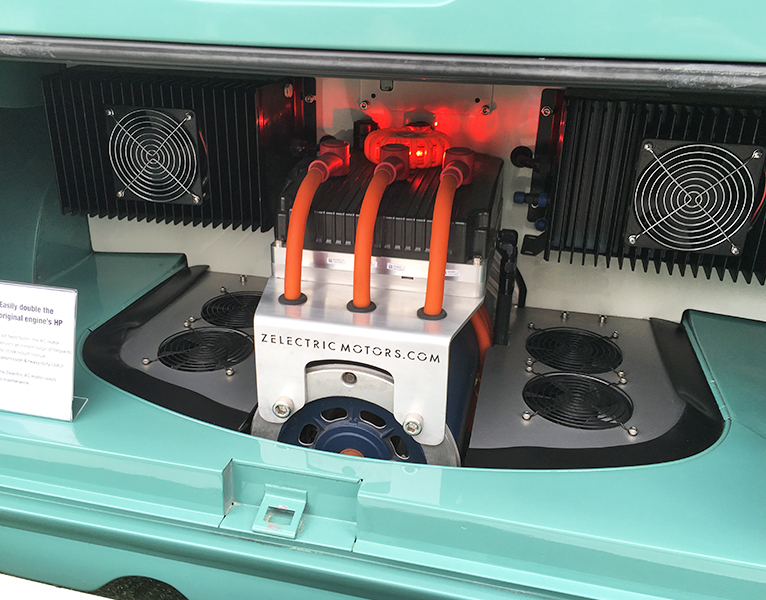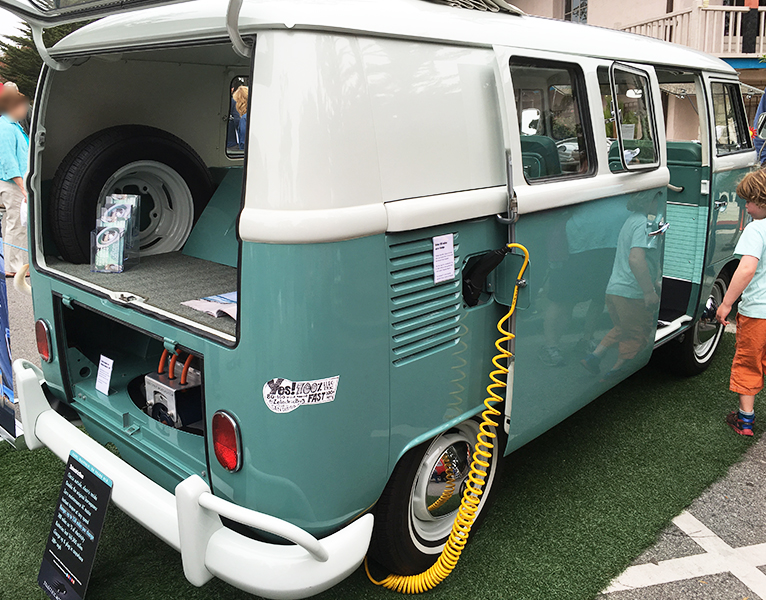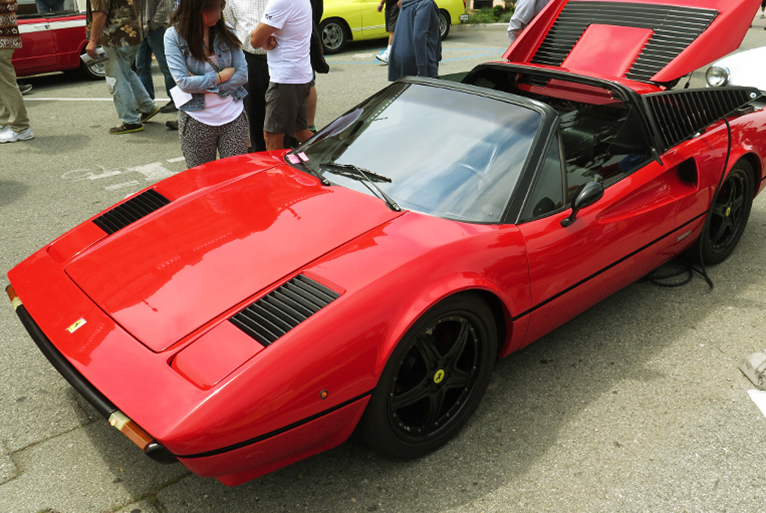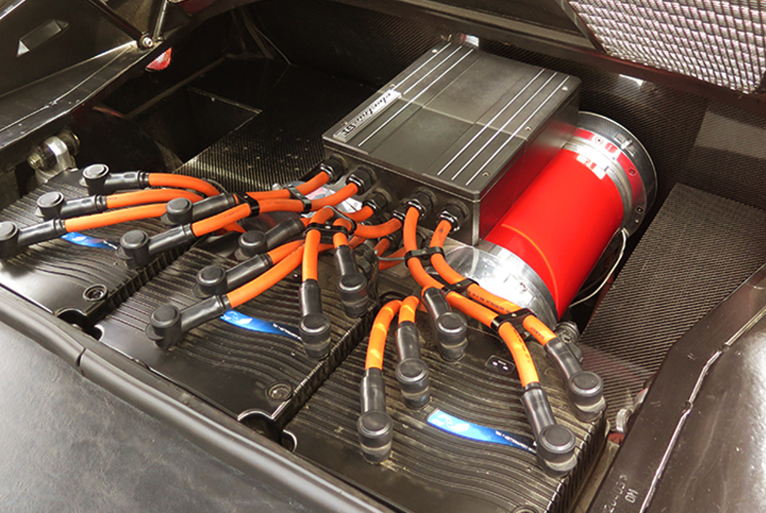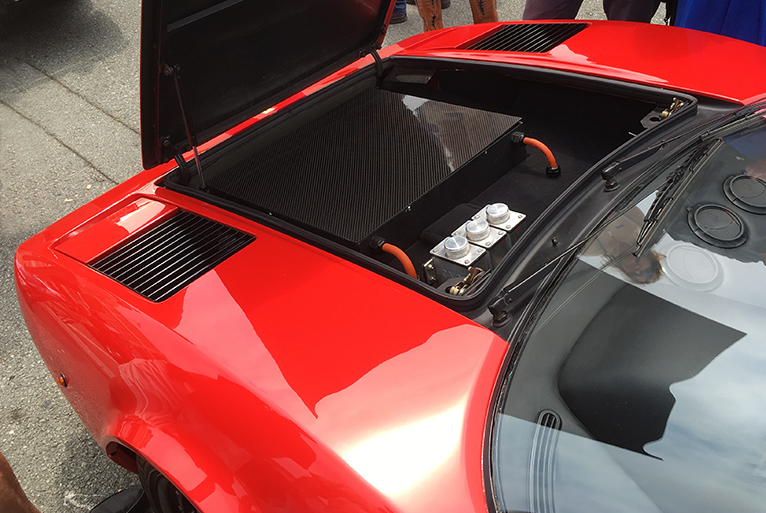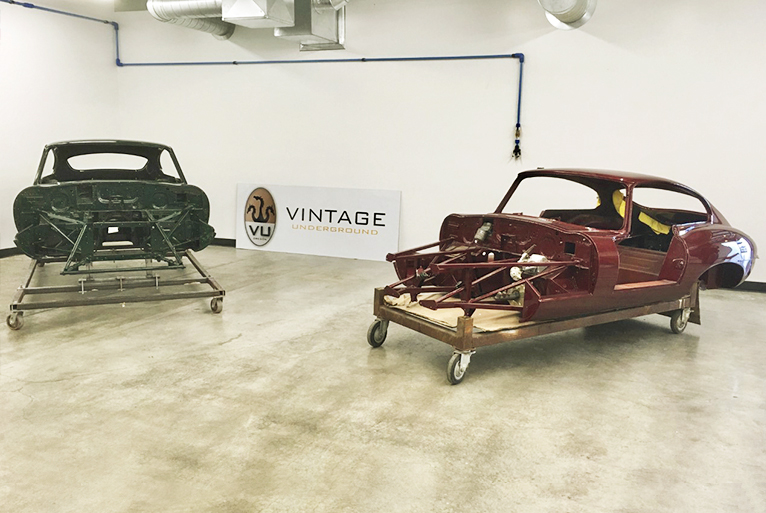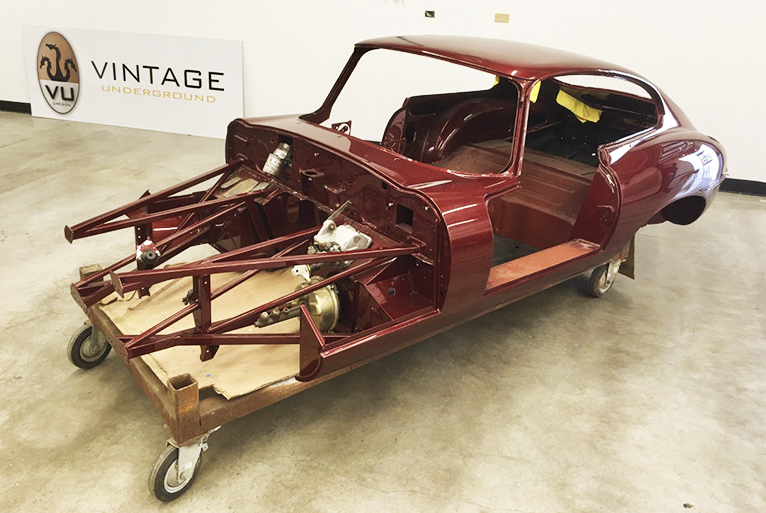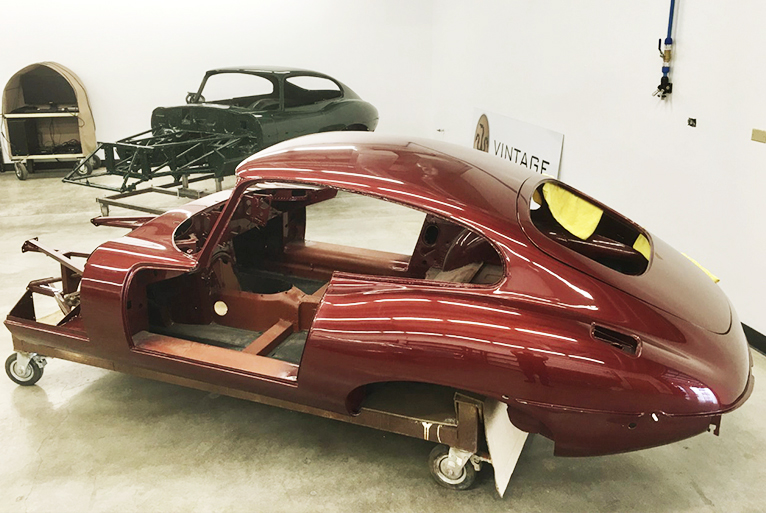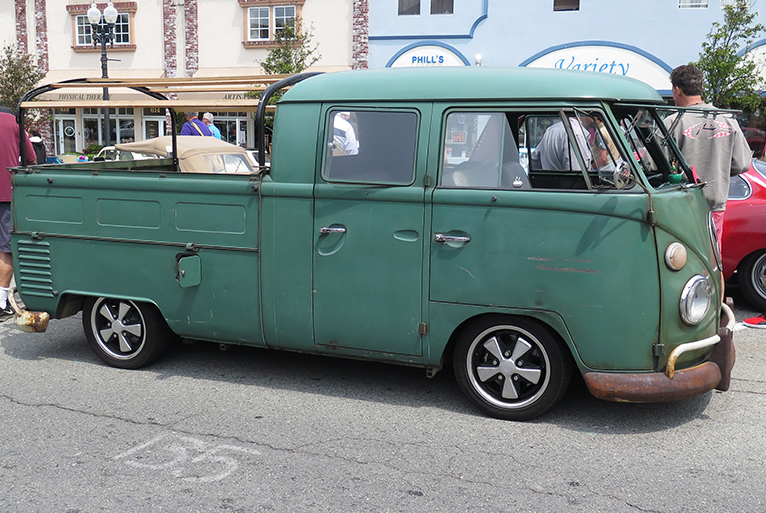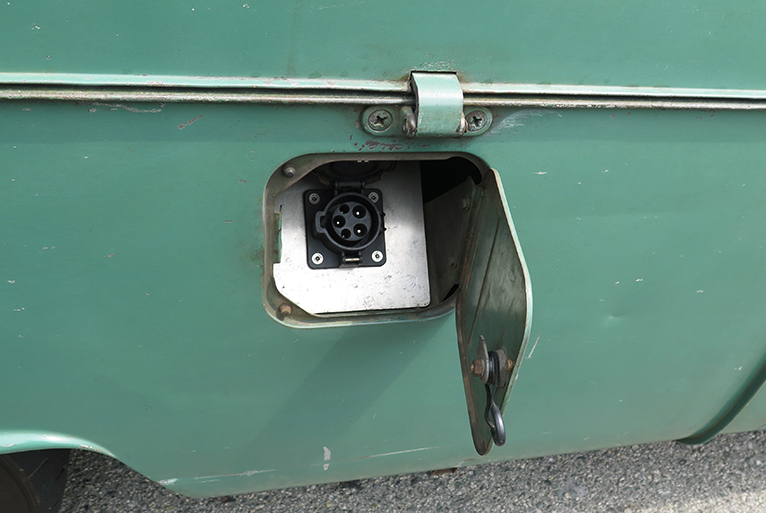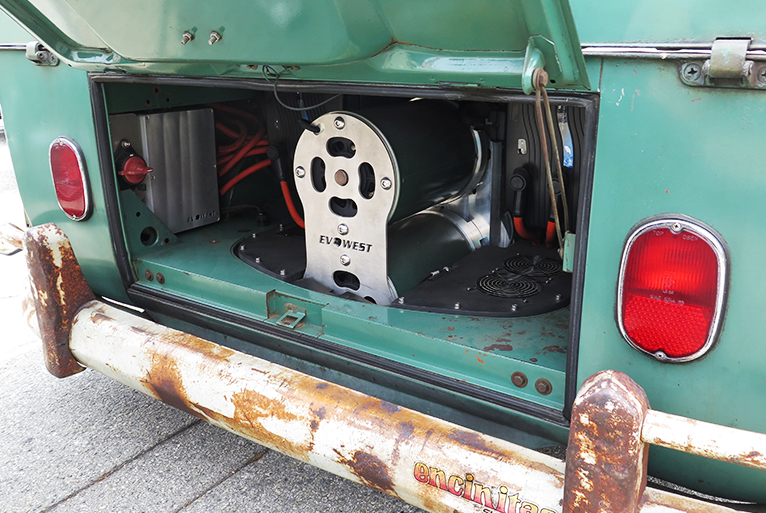Story and Photos Mike Spicer
Electric vehicles (EVs) have been the wave of the future for a while. Its exciting watching new and old players in the automobile arena grabbing market share. But what about people that look back and love the classics, how are they embracing this paradigm shift while staying semi-true to their roots?
Electrifying classic cars is not a new concept, EV West and many others have been converting classics for a while. The days of dropping $20-40k on a 50 mile range car are over. The process is still expensive, but the advancement of technology has made it more attractive and accessible.
“Buy the most complete system you can.”
Joseph Potter (Vintage Underground owner) is embarking on two Jaguar E-Type EV builds. He says one of the keys is to “buy the most complete system you can to avoid pulling components from different cars”. This will ensure all the components talk to each other correctly. He estimates the Jag’s will have a 230mile range and is retrofitting them from the ground up without doing any damage to the original configuration.
A very basic but important part of an EV build is regenerative braking (a portion of energy recaptured from the breaking process). This is an imperative part of the energy saving equation. Early EV builds didn’t incorporate this and distance was drastically reduced.
Other considerations to factor into your EV build are weight, drag coefficient, and using direct drive to avoid power loss through a driveshaft. Also one of the biggest obstacles is finding a good location for batteries. Battery modules don’t like to be separated and not having them together makes cooling more complicated.
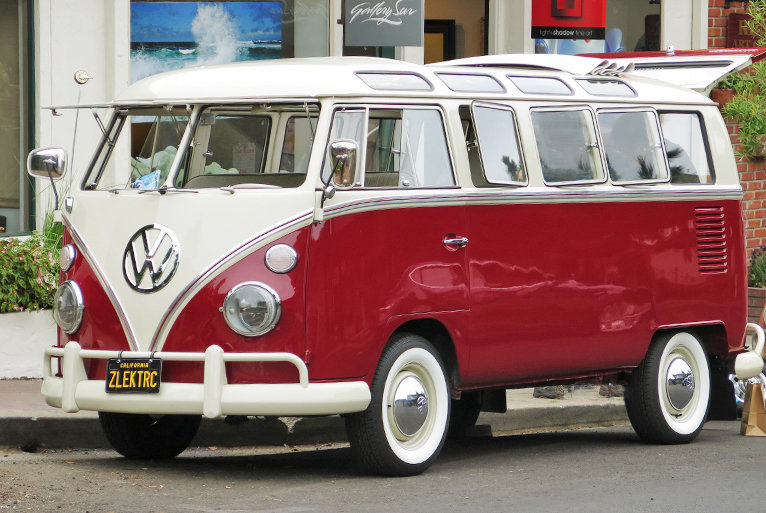
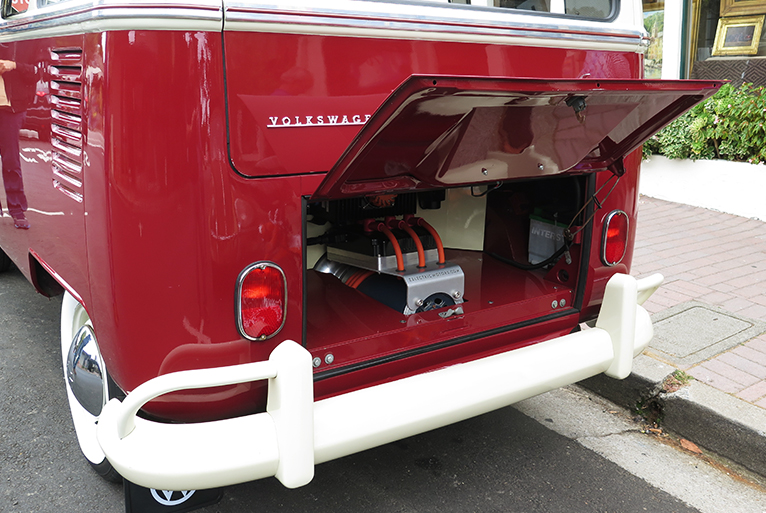
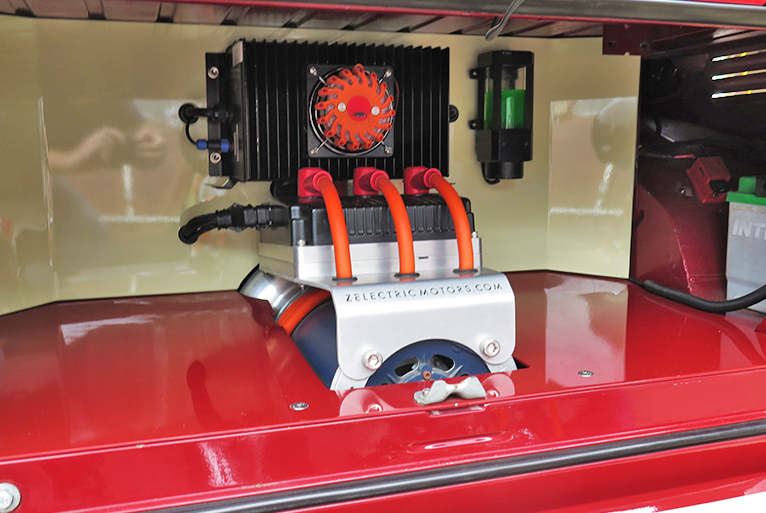
All these factors and others go into choosing the right classic car for an EV build. Watching technology advance at a rapid rate and thinking in kilowatts rather than horsepower, we boldly go into the future.

